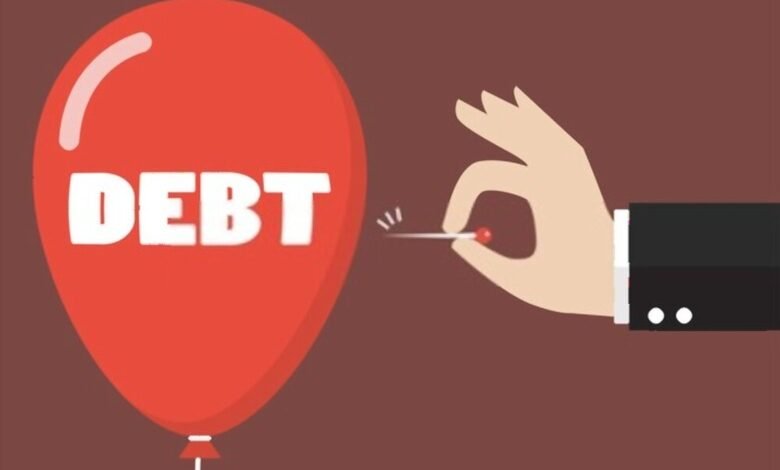Empowering Your Financial Journey: Steps to Effectively Manage and Reduce Debt

Debt can be a heavy burden that weighs down your financial journey. It can limit your opportunities, increase stress, and hamper your capacity to achieve your financial goals. However, with proper financial planning and a disciplined approach, you can take control of your debts and pave the way to a debt-free future. This article will explore key steps to empower your financial journey and effectively manage and reduce debt.
1. Assess Your Current Financial Situation
Before embarking on your debt reduction journey, assessing your current financial situation is crucial. Take stock of all your debts, including credit cards, loans, and outstanding balances. Calculate the total amount owed, interest rates, and minimum monthly payments. This evaluation will provide you with a clear view of your debt obligations and help you prioritize your repayment strategy.
2. Create a Comprehensive Budget
Developing a comprehensive budget is a fundamental step in effective debt management. Examine your income and expenses to calculate your available finances. Closely examine your spending habits and identify areas where you can cut back. Allocate a portion of your income specifically for debt reduction. Adhering to a budget will help you pay off your debts faster and instill good financial habits.
3. Prioritize Your Debts
With a clear understanding of your debts, it’s time to prioritize them. There are two popular approaches to consider: the snowball method and the avalanche method. In the snowball method, the strategy involves prioritizing the repayment of the smallest debt while making minimum payments on the remaining debts. As you eliminate smaller debts, you gain momentum and motivation to tackle larger ones. The avalanche method, on the other hand, prioritizes debts with the highest interest rates. Doing so minimizes interest costs and expedites your overall debt reduction progress.
4. Negotiate Lower Interest Rates
Reducing the interest rates on your debts can significantly expedite your journey to debt freedom. Contact your creditors and explore opportunities to negotiate lower interest rates. Highlight your commitment to repaying the debt and your improved financial situation. A lower interest rate means more payments will go toward the principal balance, helping you pay off your debts faster.
Also Read:
5. Explore Debt Consolidation Options
If you find yourself juggling multiple debts with different interest rates, debt consolidation can be a beneficial option to explore. It entails consolidating all your debts into a single loan or credit card that offers a lower interest rate. Doing so simplifies your payment process and simplifies your financial management. Nonetheless, it is crucial to thoroughly evaluate the terms and fees associated with debt consolidation to ensure that it aligns with your specific financial objectives.
6. Increase Your Income
Increasing your income can provide extra resources to expedite your debt repayment. Consider exploring side hustles, freelancing opportunities, or requesting a raise at your current job. The additional income can be dedicated to paying off your debts faster, bringing you closer to financial freedom.
Conclusion
Effectively managing and reducing debt requires discipline, financial planning, and a focused approach. You can empower your financial journey and work towards a debt-free future by assessing your financial situation, creating a comprehensive budget, prioritizing debts, negotiating lower interest rates, exploring debt consolidation options, and increasing your income. Remember, financial freedom is within your reach, and with perseverance and dedication, you can overcome the challenges of debt and build a solid foundation for a secure financial future.






